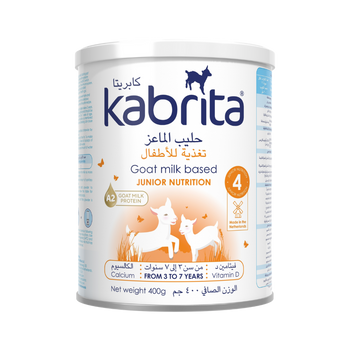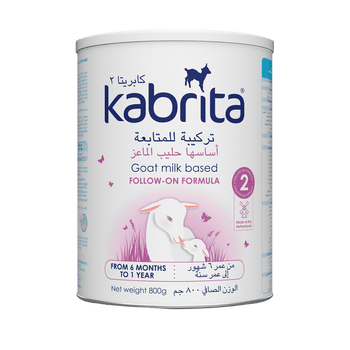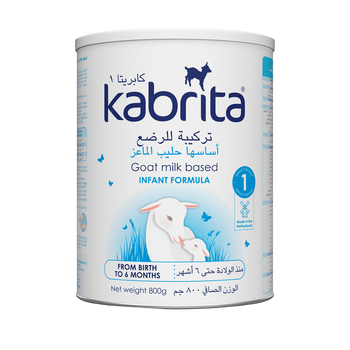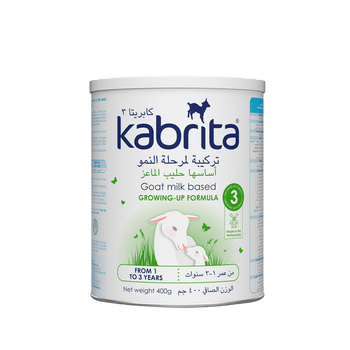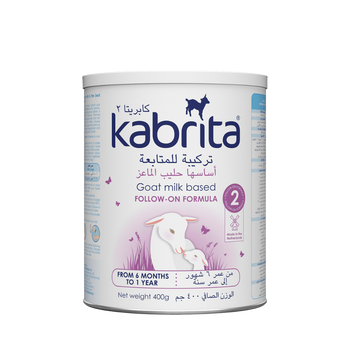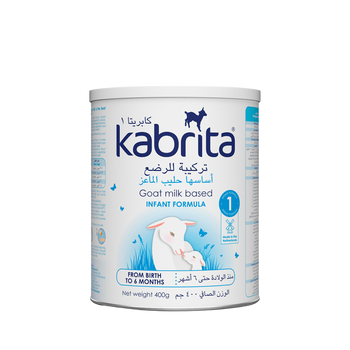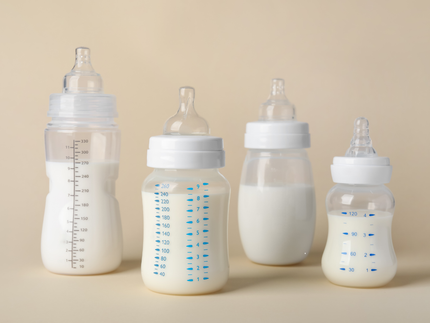How to Bathe Your Baby
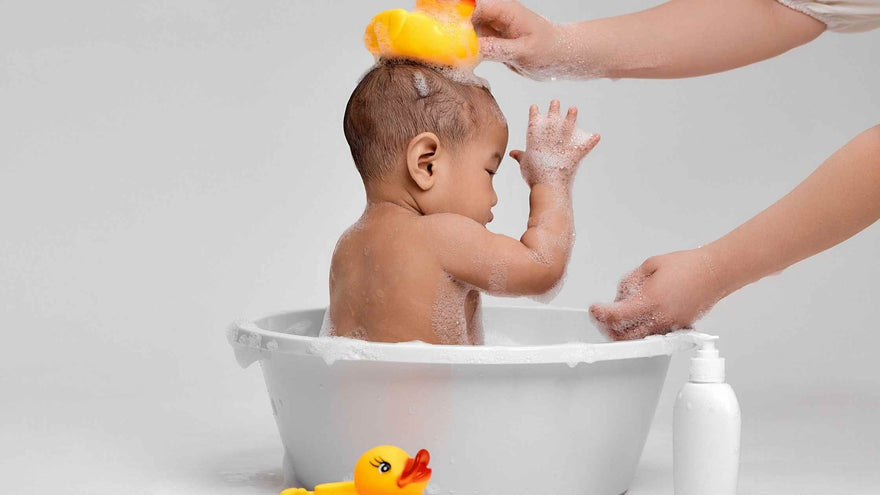
Bathing your baby is not just about cleanliness; it's a bonding experience filled with tender moments and giggles.
However, for new parents, it can also be a time of worry and questions. How often should you bathe your baby? What water temperature for a baby bath? How can you make sure your baby is safe and comfortable throughout the process?
This guide is here to wash away your concerns and equip you with all the knowledge and tips you need to turn bath time into an enjoyable baby bath routine for you and your bundle of joy.
Understanding Baby Bathing Essentials
Understanding the essentials of baby bathing is key to ensuring a safe, soothing experience for your little one.
Frequency: Contrary to what some might think, babies require baths only 2-3 times a week. This frequency is enough to keep them clean without stripping their delicate skin of natural oils, which can lead to dryness. For daily upkeep, gently cleaning their face, neck, hands, and diaper area with a soft, damp cloth is recommended.
Preparation: Before you begin, gather all necessary items to ensure you won’t need to step away from your baby. The essentials include a baby bathtub, a clean washcloth, mild baby soap, a soft towel, a fresh diaper, and comfortable clothes. Having everything within arm's reach not only makes bath time easier but also safer.
Setting: The ideal water temperature for your baby’s bath should be around 37°C (98.6°F). You can use a bath thermometer to ensure accuracy; if one isn’t available, testing the water with your elbow will suffice—it should feel warm, not hot. Additionally, maintaining a warm room temperature is vital to prevent your baby from getting cold before, during, or after the bath.
Atmosphere: Creating a soothing atmosphere can transform bath time into a relaxing experience for both you and your baby. Dimming the lights and ensuring the environment is quiet can significantly calm your baby. Soft background music or your gentle singing can further enhance this tranquil setting. Moreover, securing the bathing area to be free from disturbances is essential for keeping your baby comfortable and at ease throughout their bath.

Step-by-Step Guide to Bathing Your Baby
This step-by-step guide is crafted to wash away those worries, providing clear, easy-to-follow instructions that will turn bath time from a task into a cherished activity.
From preparing the bath essentials to wrapping your baby up in a warm towel afterwards, each step is designed to ensure safety, comfort, and enjoyment for both you and your baby.
Whether you're a first-time parent or looking to refine your technique, this guide will equip you with the knowledge and confidence to make bath time a breeze.
Here’s a step by step guide for you to follow:
Before the Bath
- Prep Your Baby: Make sure your baby is well-rested and not hungry before the bath. A calm baby makes bath time easier.
- Safety First: Never leave your baby unattended in the bath, not even for a second. Always have one hand on your baby.
During the Bath
- Cleansing: Use a soft washcloth and mild, fragrance-free soap to gently clean your baby's body. Start from the top (face and neck) and work your way down. Rinse thoroughly to remove all soap.
- Shampooing: If washing hair, use a tear-free baby shampoo. Cup your hand to pour water gently over your baby’s head and avoid suds running into their eyes.
After the Bath
- Drying: Pat your baby dry with a soft towel. Make sure to dry the creases in their skin.
- Moisturizing: Apply a gentle baby lotion to keep their skin moisturized. Choose a hypoallergenic product suitable for babies.
- Dressing: Dress your baby in clean, warm clothes. Ensure they are completely dry to avoid irritation.
Overcoming Common Bath Time Challenges
- Crying and Fussiness: Some babies take time to get used to water. Keep bath time short and ensure the water is comfortably warm. Holding your baby securely and maintaining eye contact can also help soothe them.
- Safety Measures: Prevent slips by using a non-slip mat in and outside the baby bathtub. Keep water levels low (about 2-3 inches) and never put your baby into the tub while the water is still running.

Making Bath Time Fun
- Interactive Toys and Games: Introduce waterproof baby bath toys to make bath time engaging. Toys that float, squirt water, or are colorful can capture your baby’s attention and make bathing enjoyable.
- Singing and Talking: Talking to your baby during bath time can be comforting for them. Singing nursery rhymes or gentle songs can also enhance the bonding experience. This interaction not only entertains but also stimulates your baby’s language development.
Conclusion
Bathing your baby is an art that combines care, love, and a little bit of science. By following these baby bathing tips, you can ensure that your baby’s bath time is not only safe but also a source of joy and relaxation for both of you.
Remember, every child is unique, and part of the fun is finding out what makes your baby happiest during their bath. With patience and practice, you'll soon become a bath time expert, cherishing these precious moments that are sure to become some of your most treasured memories.
